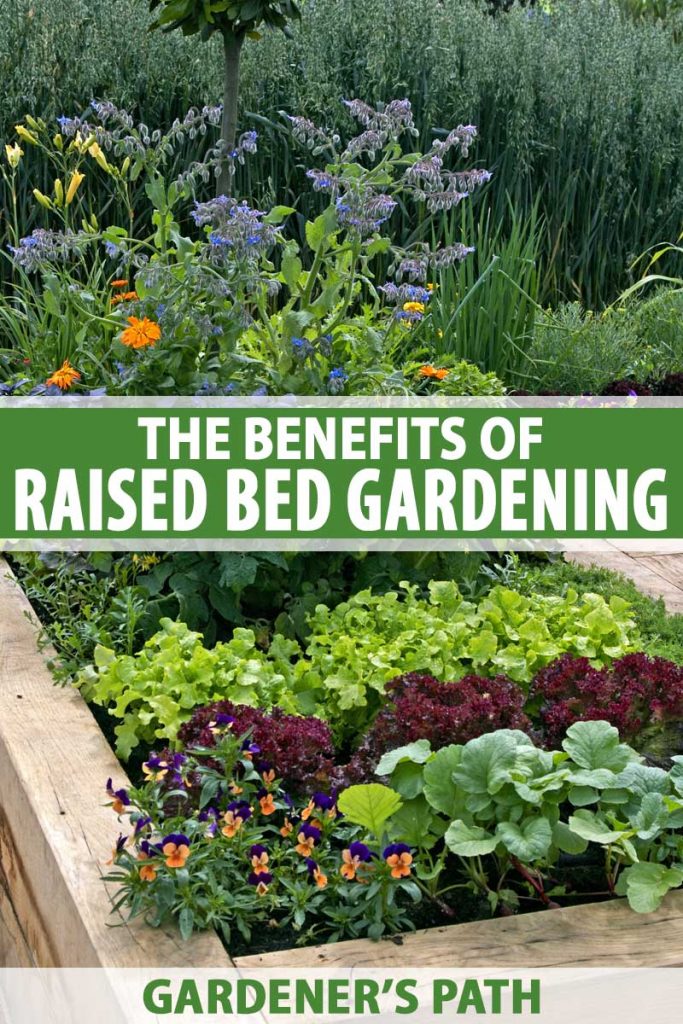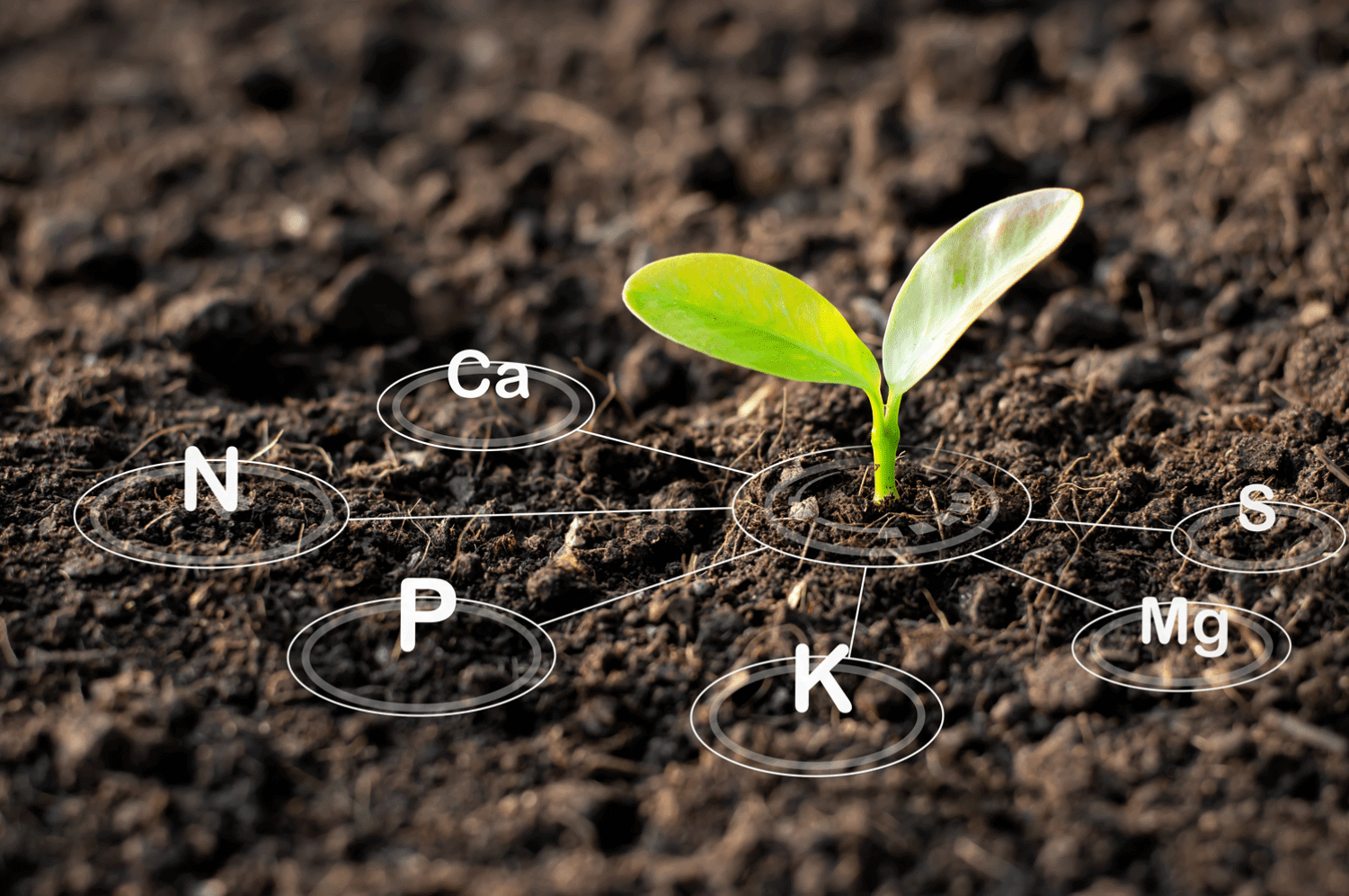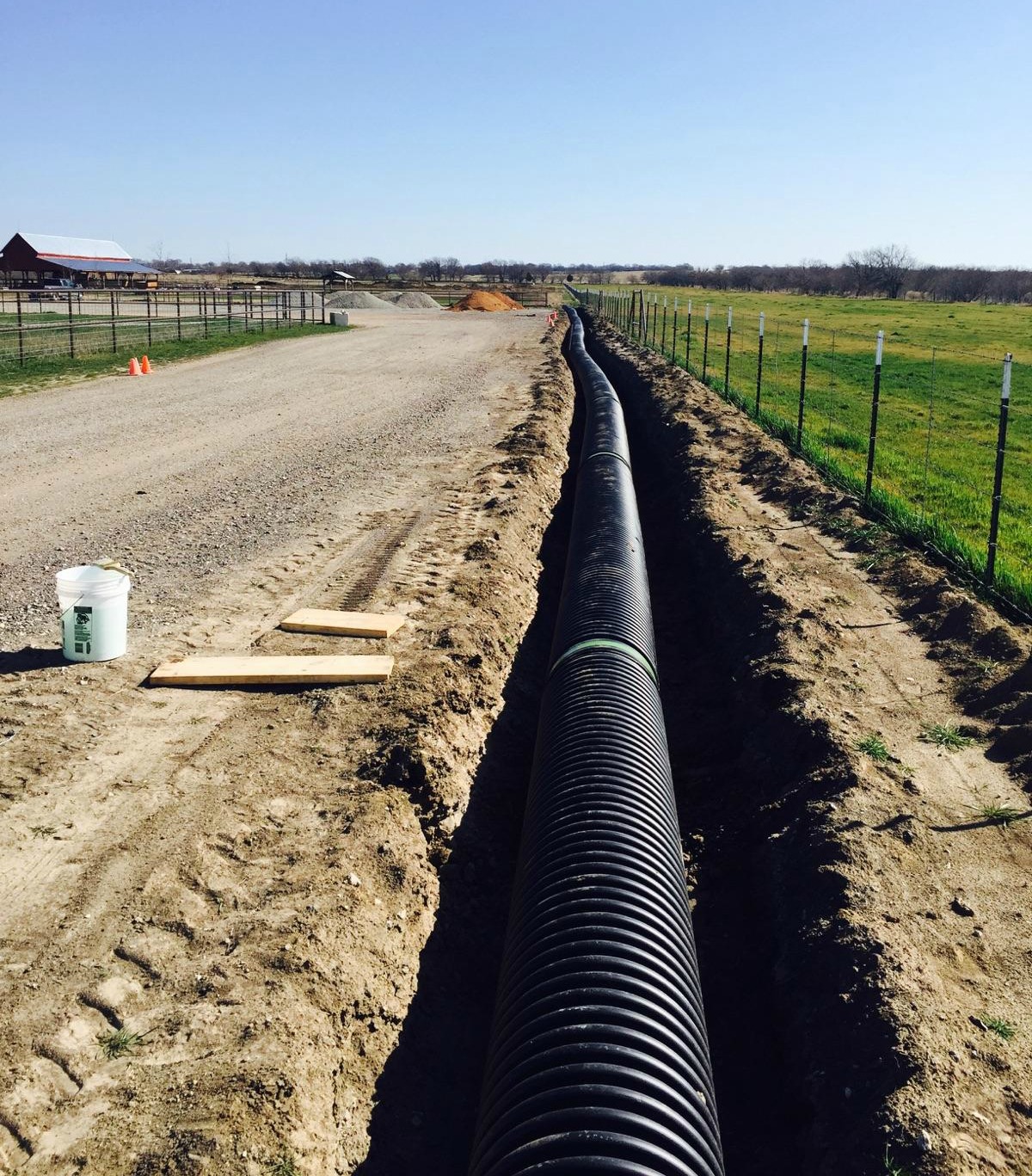How to Benefit from Raised Bed Gardening for Vegetables

Are you tired of battling with poor soil, weeds, and pests in your traditional garden? Imagine having a garden that's easy to manage, produces healthier vegetables, and looks beautiful all year round. Raised bed gardening might just be the solution you've been looking for. This method of gardening offers numerous benefits, from improved soil health to better drainage and weed control. Let's dive into the world of raised bed gardening and discover how it can transform your vegetable garden into a thriving oasis.
The Basics of Raised Bed Gardening
What is Raised Bed Gardening?
Raised bed gardening involves growing plants in elevated beds filled with high-quality soil. These beds are typically constructed from wood, metal, or composite materials and can be placed anywhere in your yard. The height of the beds can vary, but they are usually between 6 to 12 inches tall, making them accessible and easy to maintain.
Why Choose Raised Bed Gardening?
Raised bed gardening offers a multitude of benefits that make it a popular choice among gardeners. From improved soil health to better pest management, raised beds can help you grow healthier and more abundant vegetables. Let's explore some of the key advantages.
Benefits of Raised Bed Gardening for Vegetables
Improved Soil Health
One of the primary benefits of raised bed gardening is the ability to control the quality of your soil. Traditional gardens often struggle with poor soil conditions, such as compacted or nutrient-deficient soil. With raised beds, you can fill them with a custom blend of nutrient-rich soil, ensuring your vegetables have the best possible growing environment.
Better Drainage
Proper drainage is crucial for the health of your vegetables. Raised beds allow excess water to drain away from the roots, preventing waterlogging and root rot. This is especially beneficial in areas with heavy rainfall or poorly draining soil.
Effective Weed Control
Weeds can be a constant battle in traditional gardens. Raised beds, however, provide a barrier that makes it more difficult for weeds to invade. By using weed-free soil and maintaining a clean bed, you can significantly reduce the amount of weeding required.
Enhanced Pest Management
Raised beds can also help with pest management. The elevated height makes it easier to spot and remove pests, and the controlled environment reduces the likelihood of soil-borne diseases. Additionally, you can install barriers or netting around the beds to protect your vegetables from larger pests like rabbits and birds.
Space Efficiency
Raised beds are ideal for small gardens or urban settings. They allow you to maximize your growing space by planting vegetables closer together, a technique known as intensive planting. This not only increases your yield but also makes it easier to manage and harvest your crops.
Getting Started with Raised Bed Gardening
Choosing the Right Materials
The first step in creating a raised bed garden is selecting the right materials. Wood is a popular choice due to its affordability and availability. However, it's important to choose untreated wood to avoid chemical contamination. Other options include metal, composite materials, and even recycled plastic.
Building Your Raised Beds
Building a raised bed is a straightforward process. You'll need basic tools like a saw, screws, and a drill. Start by measuring and cutting your materials to the desired size. Assemble the sides and secure them with screws. Place the bed in your chosen location and fill it with a mix of high-quality soil, compost, and other organic materials.
Planting Your Vegetables
Once your raised beds are built and filled with soil, you're ready to plant your vegetables. Choose a variety of plants that thrive in your climate and soil conditions. Consider companion planting to maximize space and improve the health of your garden. For example, planting marigolds can help deter pests, while planting beans can improve soil nitrogen levels.
Maintaining Your Raised Bed Garden
Watering and Fertilizing
Proper watering and fertilizing are essential for the health of your vegetables. Raised beds typically require less water than traditional gardens due to their improved drainage. Use a soaker hose or drip irrigation system to ensure even water distribution. Apply organic fertilizers regularly to maintain soil health and promote plant growth.
Weeding and Pest Control
Regular weeding is necessary to prevent weeds from competing with your vegetables for nutrients and water. Use a hoe or hand trowel to remove weeds as they appear. For pest control, consider using organic methods such as insecticidal soaps, neem oil, or beneficial insects.
Harvesting and Rotating Crops
Harvest your vegetables at the peak of ripeness to ensure the best flavor and nutritional value. Rotate your crops each season to prevent soil depletion and reduce the risk of disease. This practice also helps maintain soil health and fertility.
Conclusion
Raised bed gardening offers a multitude of benefits that can transform your vegetable garden into a thriving oasis. From improved soil health to better drainage and weed control, raised beds provide a controlled environment that promotes healthy plant growth. By choosing the right materials, building sturdy beds, and maintaining your garden, you can enjoy a bountiful harvest of fresh, delicious vegetables.
So, are you ready to take your gardening to the next level? Embrace the benefits of raised bed gardening and watch your garden flourish. Happy gardening!
FAQs
What is the best material for raised bed gardening? The best material depends on your preferences and budget. Untreated wood is a popular choice due to its affordability and availability. Other options include metal, composite materials, and recycled plastic.
How deep should a raised bed be? Raised beds should be at least 6 to 12 inches deep to provide enough space for root growth. Deeper beds can be beneficial for plants with extensive root systems.
Can I use regular garden soil in a raised bed? It's best to use a custom blend of high-quality soil, compost, and other organic materials in your raised beds. Regular garden soil may contain weeds, pests, or diseases that can harm your vegetables.
How often should I water my raised bed garden? The frequency of watering depends on your climate and the types of vegetables you're growing. Raised beds typically require less water due to their improved drainage. Use a soaker hose or drip irrigation system to ensure even water distribution.
What are some common pests in raised bed gardens? Common pests in raised bed gardens include aphids, slugs, and cabbage worms. Use organic methods such as insecticidal soaps, neem oil, or beneficial insects to control pests. Installing barriers or netting can also protect your vegetables from larger pests like rabbits and birds.


0 Response to "How to Benefit from Raised Bed Gardening for Vegetables"
Post a Comment